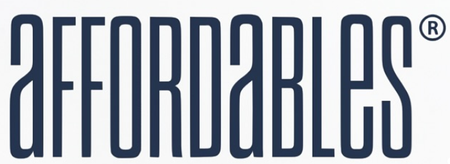Understanding Lens Index: Choosing the Right Thickness for Your Prescription
Learn about different lens indexes and how to choose the right one based on your prescription strength.

What is Lens Index?
Lens index is a measure of how efficiently a lens refracts (bends) light. Higher index lenses can bend light more efficiently, allowing them to be thinner and lighter.
Common Lens Index Options
- 1.50 (Standard Plastic): Basic option for light prescriptions (up to ±2.00)
- 1.57 (Polycarbonate): Impact-resistant, good for prescriptions up to ±4.00
- 1.59 (Polycarbonate): Impact-resistant, good for prescriptions up to ±4.00
- 1.61 (High-Index): 20% thinner than standard, good for prescriptions up to ±6.00
- 1.67 (High-Index): 30% thinner than standard, good for prescriptions up to ±8.00
- 1.74 (Ultra High-Index): Thinnest available, best for very strong prescriptions (±8.00+)
Choosing the Right Index Based on Prescription
| Prescription Range | Recommended Index |
|---|---|
| ±0.00 to ±2.00 | 1.50 (Standard Plastic) |
| ±2.25 to ±4.00 | 1.59 (Polycarbonate) |
| ±4.25 to ±6.00 | 1.61 (High-Index) |
| ±6.25 to ±8.00 | 1.67 (High-Index) |
| ±8.25 and above | 1.74 (Ultra High-Index) |
Other Considerations
Keep in mind that higher index lenses generally:
- Cost more than standard lenses
- May have more reflections (anti-reflective coating is recommended)
- May have slightly less impact resistance (except polycarbonate)
For active lifestyles or children's eyewear, polycarbonate (1.59) is often recommended regardless of prescription strength due to its excellent impact resistance.
Related FAQs
Why are some lenses thicker than others?
Lens thickness depends primarily on three factors: your prescription strength, the lens material/index, and the frame size/shape. Stronger prescriptions (especially for nearsightedness) naturally require thicker lenses. Higher-index materials can create thinner lenses for the same prescription. Larger frames or frames with edges far from the center will result in thicker edges for minus prescriptions. We offer various lens indexes from 1.50 to 1.74 to accommodate different prescription strengths.
What are high-index lenses and who should use them?
High-index lenses are made from materials that bend light more efficiently, allowing them to be thinner and lighter than standard lenses with the same prescription. They're recommended for moderate to strong prescriptions (typically +/-2.50 and above). While they cost more than standard lenses, high-index lenses provide better aesthetics, reduced weight for comfort, and less visual distortion at the edges. We offer indexes of 1.61, 1.67, and 1.74 for increasingly stronger prescriptions.
Related Resources
Understanding Different Lens Types: Single Vision, Bifocal, and Progressive
Learn about the different lens types available and which one might be right for your vision needs.
Read ArticleChoosing the Right Lenses: A Comprehensive Guide
Explore different lens types, materials, and coatings to find the perfect lens solution for your vision needs.
Read Article